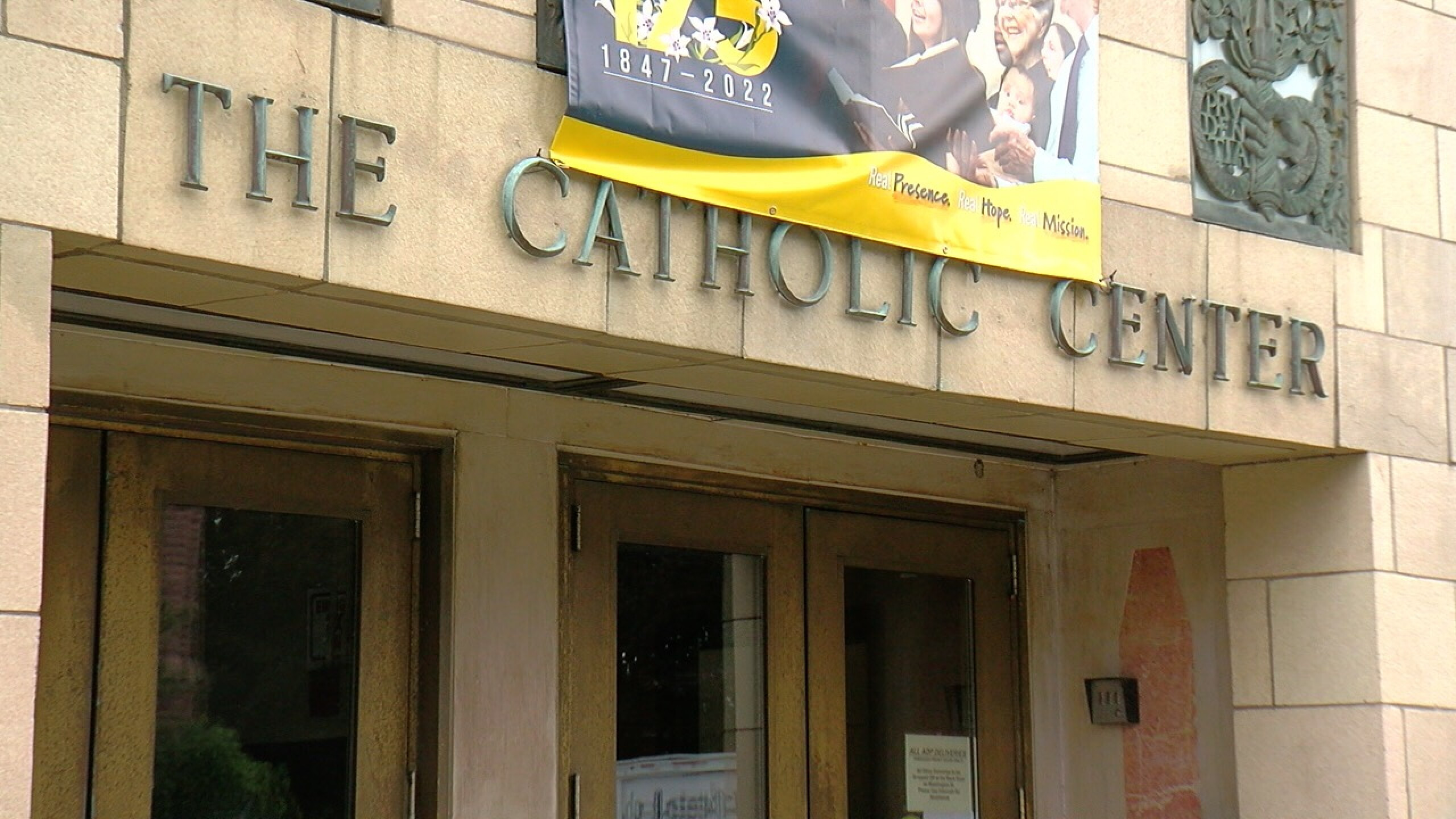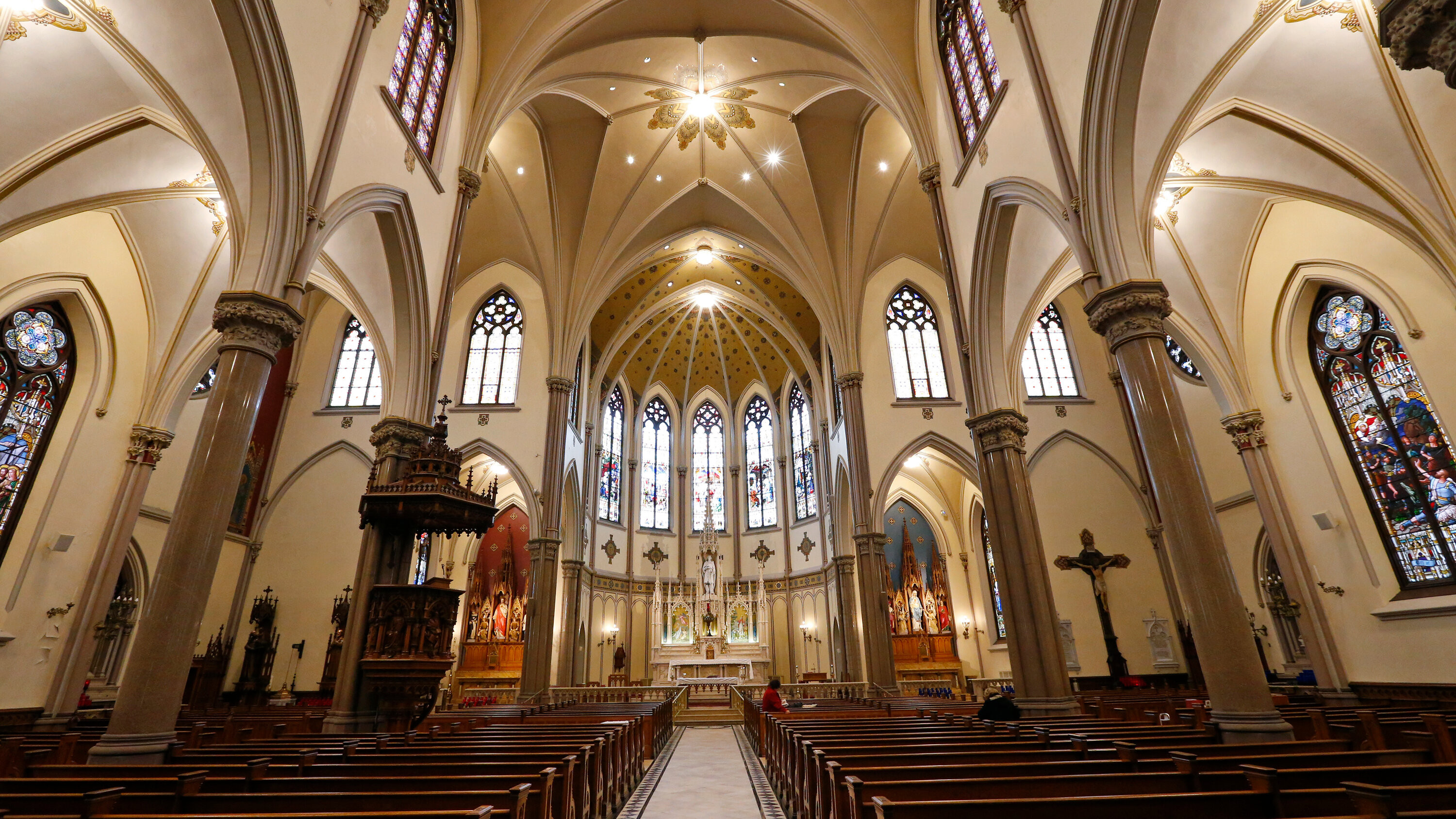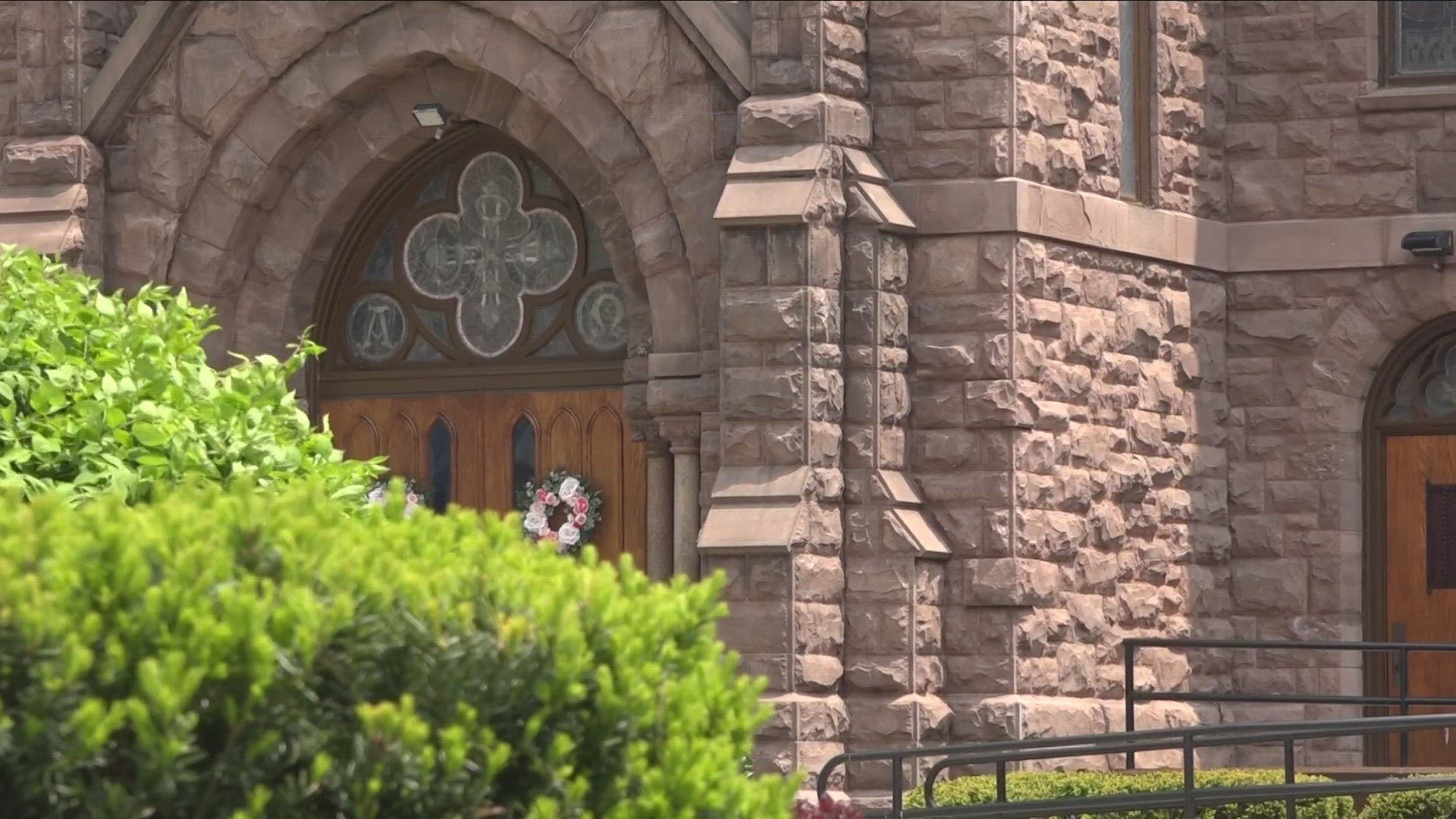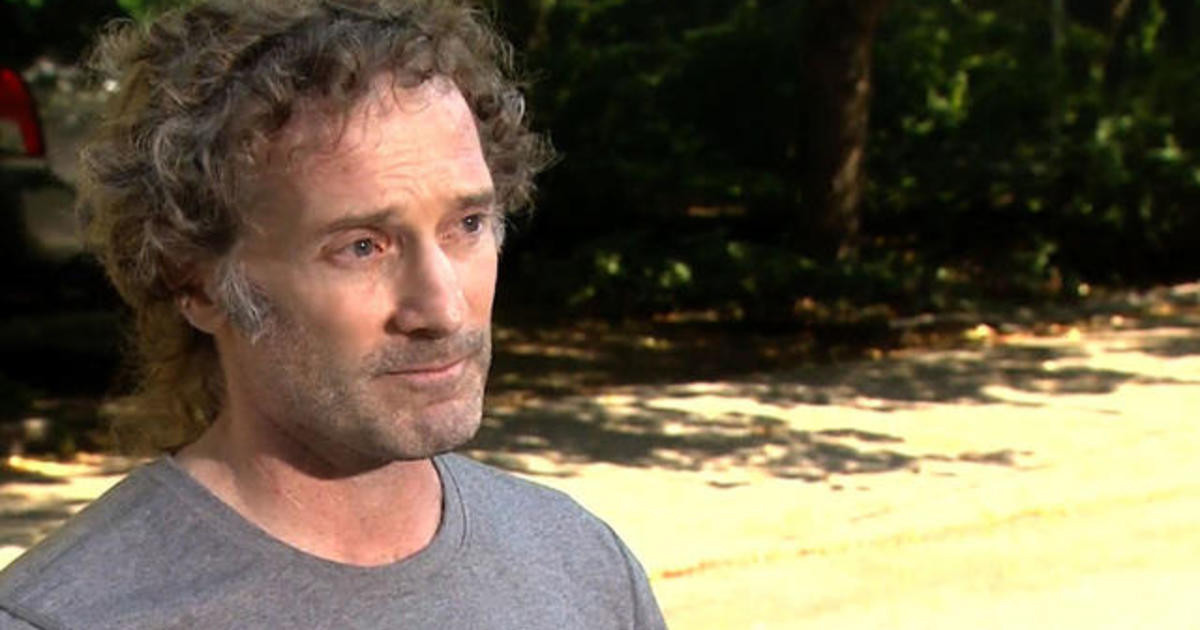The Diocese of Buffalo has announced its final decisions on which churches and parishes will close or merge as part of a massive reorganizing process. The Diocese, which currently has a total of 196 worship sites that include 160 parishes and 36 secondary worship sites, will see 79 parishes and 39 secondary worship sites remain after the closure process. That is a closure of 78 properties across the Diocese's eight counties.
The Impact on Parishes and Communities
The decision has been met with mixed reactions from Catholic communities across Western New York. Some have expressed sadness and anger at the loss of their parish churches, while others have acknowledged the difficult circumstances that led to the diocese's decision.
The Diocese of Buffalo announced in May it would be shutting down 34 percent of its parishes and 38 percent of its worship spaces as part of its “Road to Renewal” plan, which was announced earlier this year. The plan aims to address the challenges facing the diocese by merging parishes and reducing the number of worship spaces.
In the North Buffalo area, two Catholic churches, St. Rose of Lima and Holy Spirit, will be closed and sold. The diocese has a buyer lined up to purchase the property of All Saints, a third church in North Buffalo, which already closed after a final Mass in August.
The final plan keeps open St. Mark Church, which was slated to be closed under an initial recommendation from the diocese. Also remaining open in North Buffalo will be St. Margaret Church and Assumption Church. St. Margaret parish will merge with St. Mark parish, with both worship sites remaining. St. Mark School also remains open.
The Reason for the Changes
The diocese cited a number of factors that contributed to the need for the changes, including a declining number of priests, a shrinking number of Catholics in the region, and the financial strain of the sexual abuse scandal.
Recommendations unveiled in June called for the closure of 89 churches and worship sites across eight counties to confront an intensifying priest shortage, declining Mass attendance and weakened finances in many parishes, as the diocese also works through a Chapter 11 bankruptcy and a settlement with 900 sex abuse claimants that may end up costing tens of millions of dollars.
The Future of Catholicism in Western New York
The diocese's decision to close and merge churches is a significant change for Western New York's Catholic community. It will require parishioners to adapt to new worship arrangements and will likely have a lasting impact on the diocese's future.
The next steps are for parish leaders to meet with communities to discuss these recommendations for closures and merges. A transition team will be created, along with a procedure manual for parish leaders.
The final decisions have sparked a lot of conversation and debate within the Catholic community. Some have been critical of the diocese's decision, while others have expressed support for the diocese's efforts to ensure the future of Catholicism in Western New York. The diocese is facing a number of challenges, and the Road to Renewal plan is intended to help the diocese to address these challenges. It remains to be seen what the long-term impact of these changes will be on the Catholic community in Western New York.
A Time of Transition
As the Catholic community in Western New York adjusts to these changes, it is important to remember that the church has always been a resilient institution. While the closure of churches is a painful event, it is also an opportunity for the Catholic community to come together and to find new ways to practice their faith.
The Catholic community in Western New York is made up of people of strong faith. They have faced many challenges in the past and have always found a way to persevere. These changes are difficult, but they will not break the spirit of the Catholic community.
Final Thoughts
The Diocese of Buffalo's final decisions on church closures and mergers will undoubtedly have a profound impact on the Catholic community in Western New York. However, the church's rich history and the strong faith of its members provide reason for hope. The Catholic community will find new ways to come together and to share their faith. As the diocese embarks on this new chapter, it will be important to remember the church's mission to bring love and hope to the world.



















